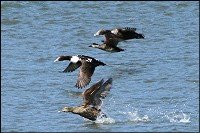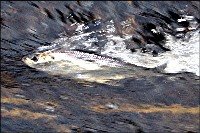Gray Jay
.jpg) It does not stay long in one spot and this one yesterday had me twisting and turning in my car seat trying to focus my camera on it as it kept crossing the road in front of me, alighting first on one tree branch and then another.
It does not stay long in one spot and this one yesterday had me twisting and turning in my car seat trying to focus my camera on it as it kept crossing the road in front of me, alighting first on one tree branch and then another.  For more pictures of a Gray Jay please use the search blank located at the upper left of this page. By entering the name,' Gray Jay' in the space provided, you will locate other postings on this bird.
For more pictures of a Gray Jay please use the search blank located at the upper left of this page. By entering the name,' Gray Jay' in the space provided, you will locate other postings on this bird..jpg)


.jpg)
.jpg)

.jpg)
.jpg)

.jpg)

.jpg)
.JPG)

.jpg)
.jpg)
.jpg)
.jpg)
.jpg)
.jpg)
.jpg)

.jpg)

.jpg)


.jpg)

.jpg)
.jpg)
.jpg)
.jpg)
.jpg)
.jpg)
.jpg)



















